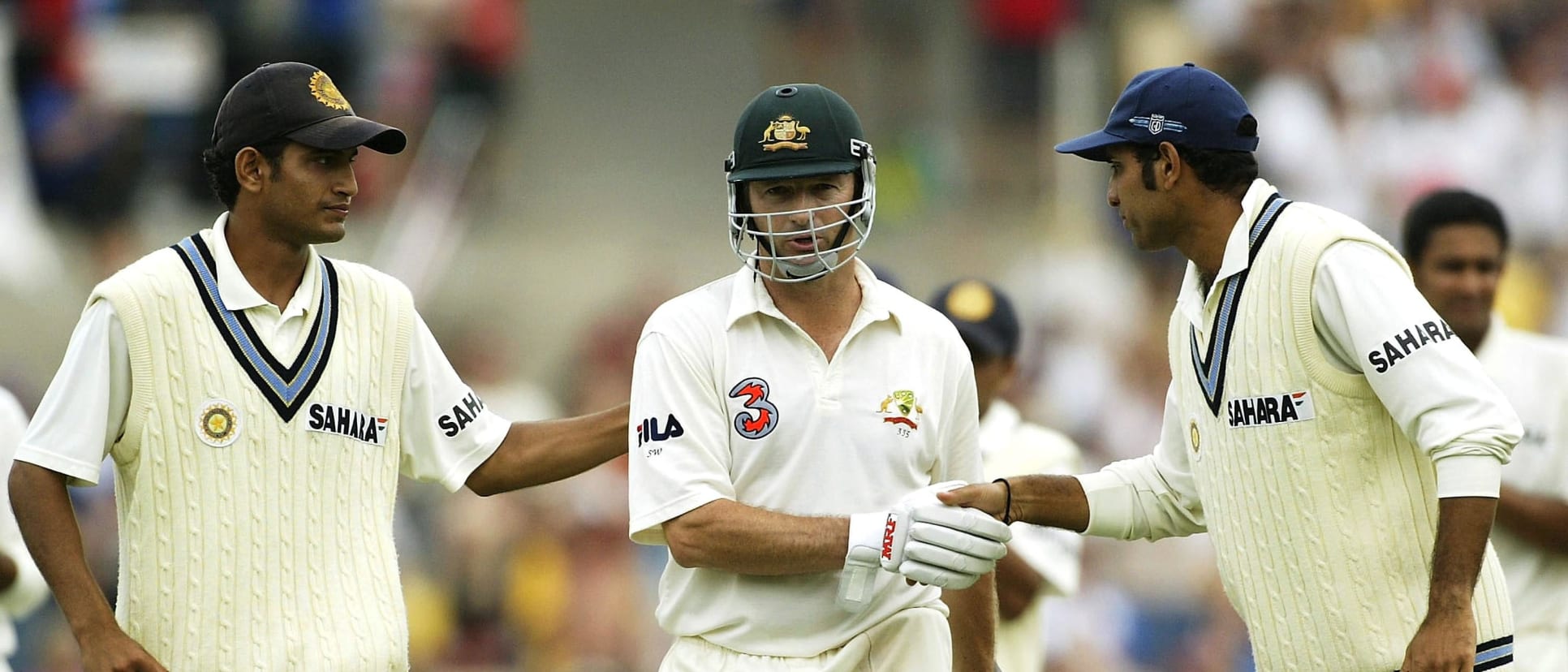Australia v India – the classics

Australia remains one of the biggest challenges for India, who have never won a Test series there, and have only won five Tests in all the decades of touring.
The tours have made for some memorable series for both sides – and spectators. Some matches were more competitive than others, but either way, history was frequently made. Here are some highlights, starting with the earliest.
1947-48 – Australia won 4-0 (5)
India’s first tour Down Under saw the visitors thoroughly outclassed by Don Bradman and the Invincibles, but remains historically significant for reasons beyond the scoreline. The second Test in Sydney, for instance, was when Vinoo Mankad ran out Bill Brown for backing up at the non-striker’s end, giving us an unforgettable addition to cricket’s lexicon. Bradman was among those who remained unperturbed by the then unusual dismissal: “For the life of me, I can't understand why [the press] questioned his sportsmanship,” he wrote in later years. The incident shadowed what should have been Mankad’s most significant action in that series: an innings of 116 in the next match in Melbourne was the first Indian century against Australia.
It was Bradman’s last series at home, and he was in fine touch, getting a century in each innings in Melbourne, for the first time in his storied career, and following it up with a double-century.
1977-78 – Australia won 3-2 (5)
This was as close as India ever got to success in Australia in the early years, and it made for intriguing cricket, with the momentum constantly shifting. “Both sides batted attractively and bowled positively. Hence, the series was made,” the Wisden Cricketers' Almanack said appreciatively.
Beginning with a series of wins in the tour games, the visitors went on to lose the first two Tests by narrow margins, before comprehensive victories in the next couple and leaving all to play for in the decider. Sunil Gavaskar and GR Viswanath averaged above 50, with Gavaskar tending to find an extra something in second innings. Bishan Singh Bedi and BS Chandrasekhar were in fine form; while the left-arm spinner picked up 31 wickets, the leg-spinner’s 12 wickets in the third Test were instrumental in India's victory.
For Australia, 41-year-old Bobby Simpson came out of a 10-year retirement to lead from the front.
1980-81 – Series drawn 1-1 (3)
Greg Chappell began proceedings with a double-century, but with the Indian middle and lower order holding out for a fighting draw in the second Test, it set things up for a riveting finish.
Viswanath again proved vital for the visitors, his special century in the first hit keeping them in the game. Australia were set 143 for a win, and with the bowling depleted by injury, they seemed set for it. Kapil Dev, however, was not quite done. Playing through pain and injury, he bowled unchanged for 17 overs and took five of the last six wickets to fall, as Australia folded for 83 and that finished a famous drawn series.
1991-92 – Australia won 4-0 (5)
India were humbled on a tour where the home bowlers called the shots, but the tourists' batting showed promise, with 18-year-old Sachin Tendulkar particularly impressive. The youngster's 148* in the third Test in Sydney, to back up Ravi Shastri's double-ton, was his second career century. But it was the 114 in Perth, a clinic in batting on bouncy pitches, that is now the stuff of legend.
2003-04 – Series drawn 1-1 (4)
This classic series was more gold for the legend of Rahul Dravid and Ricky Ponting, who matched each other at every step and elevated their teams. But these were far from one-man shows. While Dravid (Adelaide), Ponting (Adelaide and Melbourne) and Sachin Tendulkar (Sydney) had double-tons, Sourav Ganguly, Ajit Agarkar, Anil Kumble, VVS Laxman, Simon Katich, Matthew Hayden and Lustin Langer all played key roles.
When Langer nullified the Indian attack of pace and spin on a green top, Ganguly replied with his first century against Australia, and a partnership of 146 for the fifth wicket with Laxman. Ponting’s double in Adelaide was followed by a double by Dravid, who added 303 for the fifth wicket with Laxman. Kumble took five, and Agarkar took six key wickets, setting it up for Dravid to hit the winning runs.
India had a chance to close it out in Sydney, but Steve Waugh, in his final match, made 80 to bow out with the series level.
2011-12 – Australia won 4-0 (4)
Expectations were low from a transitioning Australia team, who had lost the Ashes and failed to make it to the semi-final of the ICC Cricket World Cup 2011. India, meanwhile, were the reigning 50-over world champions. Yet, the narrative was completely upended as the Michael Clarke-led hosts completely exposed the Indian line-up with a sweep.
Clarke made a triple-hundred in Sydney, while David Warner added insult to injury with a 69-ball century in Perth. Tendulkar was made to wait for his 100th hundred; it turned out to be the last of Dravid and Laxman as well.
2014-15 – Australia won 2-0 (4)
Four Tests heavy with emotion, held in the immediate aftermath of the tragic passing of Phillip Hughes, announced the dawn of a new era for both teams, with two young batsmen and leaders rising to take the lead. This one was all about Virat Kohli and Steve Smith.
Kohli, stepping in for an injured MS Dhoni, took over full-time as captain after the surprise Test retirement of his senior after the third Test. With aggressive batting, captaincy and piles of runs, he showed people what the new Indian team would be. His 692 runs were the most by an Indian batsman in a series in Australia – but were bettered by Steve Smith’s 769, in the tussle to be the best.